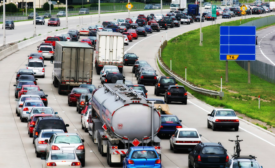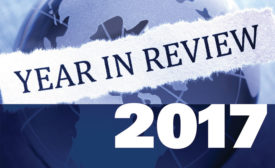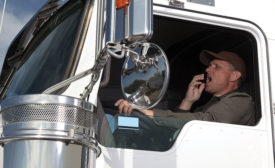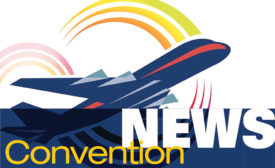Home » fatigue
Articles Tagged with ''fatigue''
NSC to employers: Your workers may be especially tired on Monday
As daylight saving time begins, NSC urges organizations to invest in worker sleep health
March 9, 2018
Why employers often get worker wellbeing wrong
Integrating health and safety can lead to greater employee wellbeing
March 6, 2018
Will new trucking rule reduce crashes or burden small businesses?
(Or both)
January 26, 2018
Never miss the latest news and trends driving the safety industry
eNewsletter | Website | eMagazine
JOIN TODAYCopyright ©2024. All Rights Reserved BNP Media.
Design, CMS, Hosting & Web Development :: ePublishing








